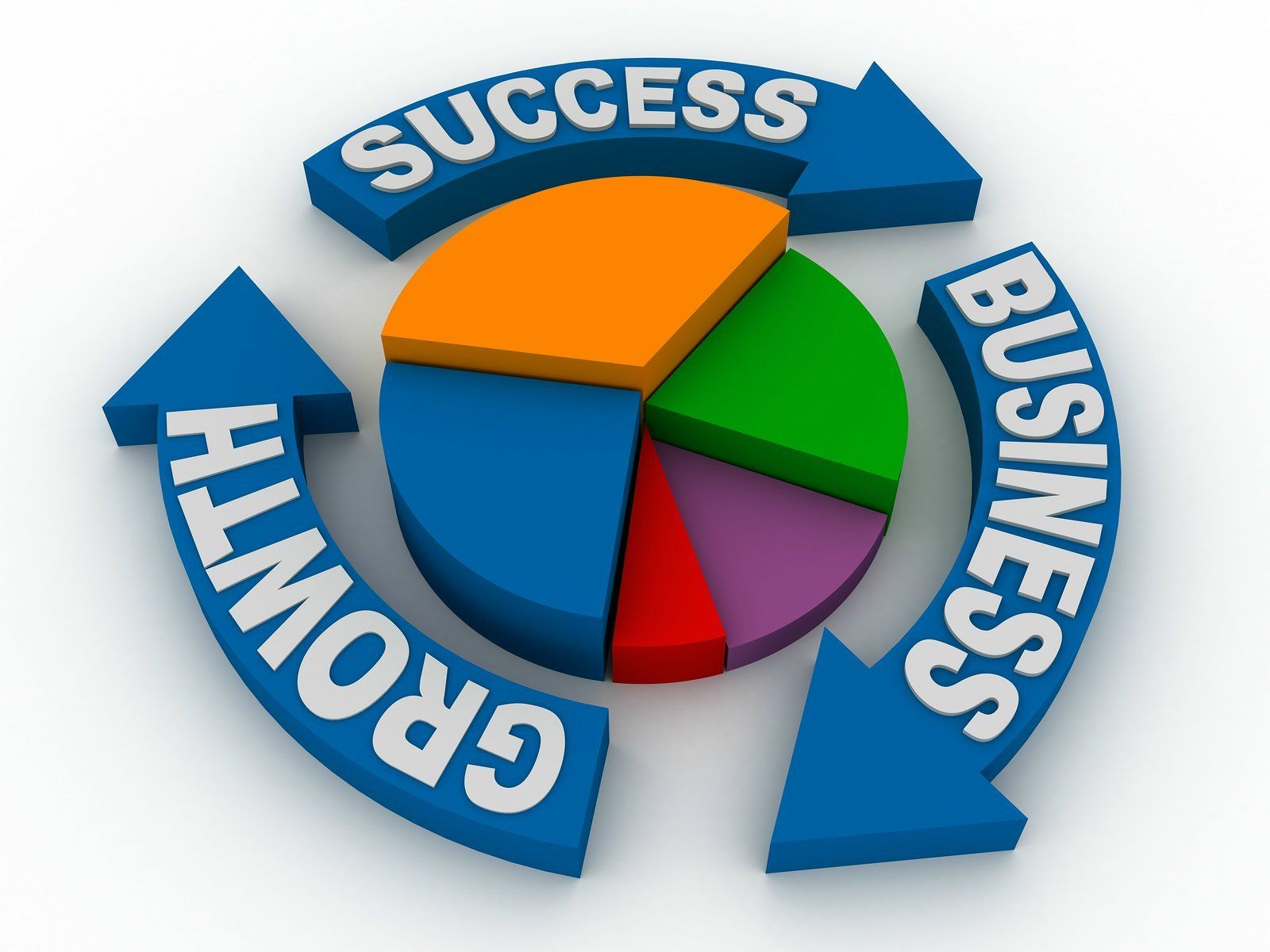When I first ventured into the world of architecture and design, my understanding of materials and technology was pretty basic. Glass, to me, was simply a window—a way to peek outside while keeping nature’s elements at bay. However, everything changed during a project where we integrated smart glass technology into a commercial building in the bustling heart of downtown Seattle. Initially, our goal was to enhance energy efficiency, but what emerged from that experience forever altered my perception of space and functionality.
As we delved into the capabilities of smart glass, I witnessed its transformative power firsthand. It could do more than just regulate light; it could also foster a dynamic environment that adapted to the needs of the occupants throughout the day. The change we observed was remarkable—what began as a run-of-the-mill office transformed into a vibrant ecosystem that truly resonated with the people working inside. This eye-opening experience ignited a passion in me for exploring how technology could revolutionize our commercial spaces. Should you want to know more about the topic, https://www.smartglasstech.us, to supplement your reading. Uncover worthwhile perspectives and fresh angles to enhance your understanding of the subject.
The Beauty of Adaptability
Picture this: you step into a conference room that adjusts its ambiance at the touch of a button or according to an automated schedule. With an effortless flick, the space can transition from bright and invigorating to soft and focused, perfectly aligned with the time of day or the nature of the meeting. This level of adaptability soon became a cornerstone of our design philosophy. It’s not just about making things look good; it’s about ushering in a new era of buildings that harmonize with human needs.
Through these experiences, I discovered that incorporating smart glass is not merely about installing a shiny new gadget. It involves a deep understanding of human interactions and crafting spaces that respond in real-time to elevate productivity and well-being.
Personal Anecdotes of Innovation
One story I love to recount involves a collaborative project I undertook with a local startup. We were charged with designing a flexible workspace that could cater to various teams and shifting project needs. A breakthrough moment occurred during a brainstorming session when we decided to implement switchable smart glass to create movable walls. Instead of opting for traditional drywall, we ventured into the innovative realm of transparent glass that could transform from clear to opaque at the flick of a switch.
This experiment blossomed into a celebrated feature of the office. Not only did it facilitate spontaneous privacy, but the glass walls became interactive canvases where teams could brainstorm or brand directly on the surface! It was a pivotal moment that reinforced my belief in the power of innovative materials to yield unexpected yet delightful outcomes in commercial design.
Building for the Future
Reflecting on my journey, I understand that acknowledging the impact of smart glass technologies is crucial as we look to the future of commercial spaces. The rising demand for sustainability and environmental responsibility aligns perfectly with the capabilities of smart glass solutions. This technology not only diminishes the need for artificial lighting and heating but also supports essential building certifications like LEED—a major consideration in modern design.
Let’s not overlook the financial incentives: lower utility costs, enhanced property marketability, and improved employee morale. It’s a win-win scenario that satisfies all stakeholders involved. In today’s world, commercial spaces must be agile, responding not only to immediate human needs but also to broader environmental challenges.
The Collaborative Spirit
Throughout this transformative journey, I’ve learned that collaboration is invaluable. Engaging with engineers, tech experts, and fellow designers has opened my eyes to the multitude of ways smart glass can be applied. By sharing knowledge and nurturing our curiosity, we can turn conventional spaces into immersive, adaptive environments. It feels like a beautiful confluence of art and science, where every design element is thoughtfully placed to contribute to a more comprehensive experience.
This culture of openness not only improves our designs but also cultivates stronger professional relationships. What’s remarkable is our collective enthusiasm for the potential of technology-enhanced spaces, driving us to push boundaries and explore new frontiers.
Looking Ahead
As I navigate the exhilarating terrain of smart glass technologies, I remain hopeful about the future of commercial design. With each new project, I strive to incorporate elements that enhance user experience, encourage sustainability, and spark creativity. Every time I introduce a team to the remarkable possibilities of smart glass, I can’t help but feel a thrill of excitement, knowing we’re contributing to the creation of environments that nurture thriving communities. For a well-rounded learning experience, we suggest visiting this external resource. It offers additional data and new perspectives on the topic addressed in the piece. smart film, explore and learn more!
Embracing innovation while remaining in tune with our collective needs is the real challenge ahead. This journey has not only reshaped my professional path but also transformed how I view possibilities in the design world. Together, we’re not just engineering spaces; we’re paving the way for a future that listens and adapts, ensuring everyone can thrive in commercial environments.
Wish to expand your knowledge? Visit the related posts we’ve set aside for you:




